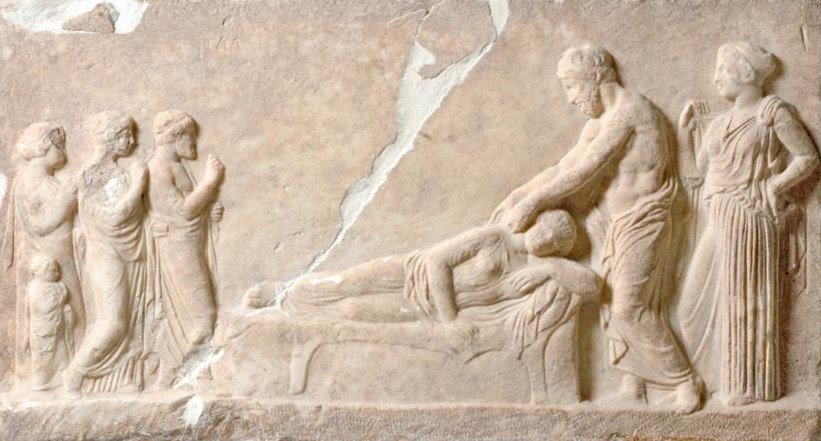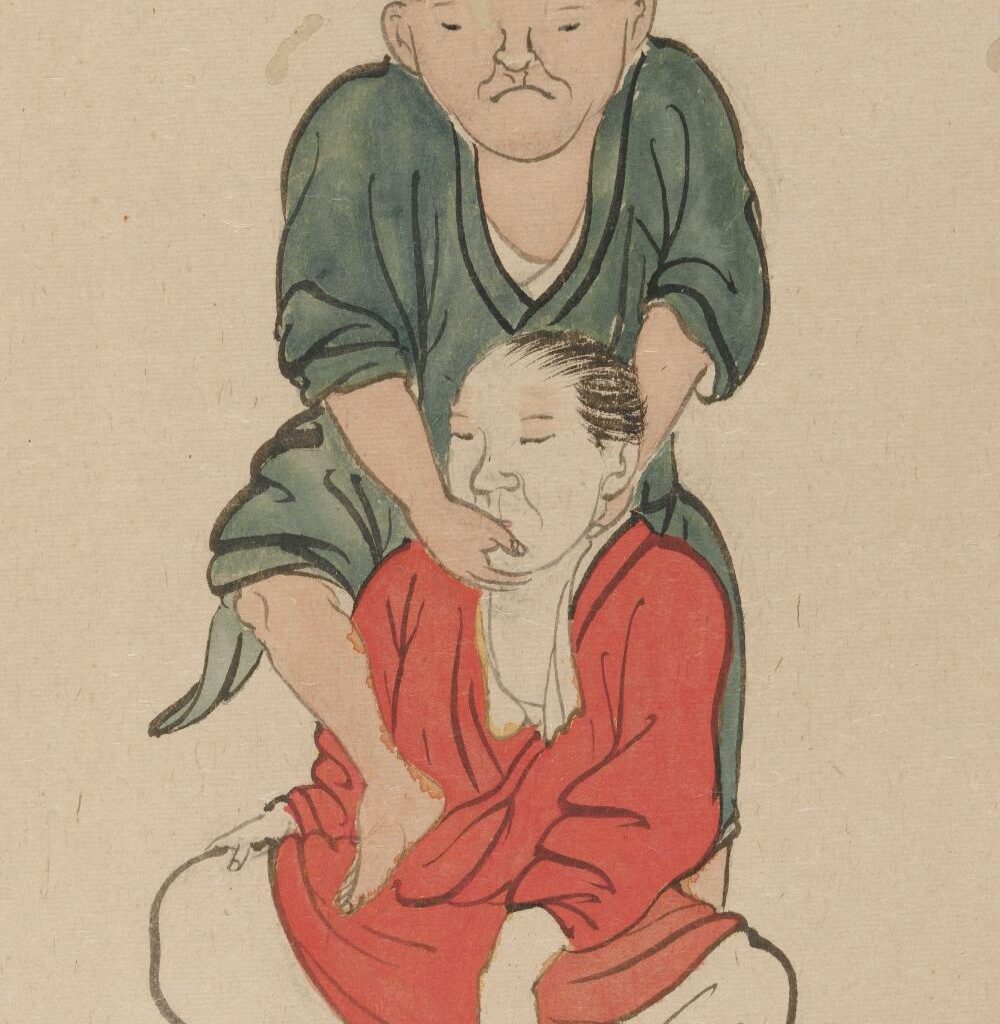Alive Blog
Chiropractic licensing requirements
This is what it takes
The chiropractic profession is recognised and regulated in most countries in the world. The road to become a chiropractor is long and not easy. 4 or 5 years full time at college, plenty of study (both theoretical and practical) and lots of determination. What are the chiropractic licensing rules and regulations in the UK and in the rest of the world?
Chiropractic is regulated globally by the Councils on Chiropractic Education International (CCEI), which has been officially acknowledged by both the World Federation of Chiropractic and the World Health Organization. This organization is responsible for accrediting chiropractic schools worldwide.
The World Federation of Chiropractic gives the following definition: Chiropractic is
“A health profession concerned with the diagnosis, treatment and prevention of mechanical disorders of the musculoskeletal system, and the effects of these disorders on the function of the nervous system and general health. There is an emphasis on manual treatments including spinal adjustment and other joint and soft-tissue manipulation.”
In 2005, the World Health Organization took steps to enhance uniformity and equality in chiropractic education. They issued fundamental training and safety guidelines to establish the minimum international standards for chiropractic education. These guidelines also aimed to assist national authorities in developing examination and licensing procedures for qualified chiropractic practitioners.
In countries where chiropractic is not official recognised as a health care profession by the government, people sometimes claim the title of “Chiropractor” or claim to practice “Chiropractic” without having followed the official education and training curriculum, with all the detrimental effects and risks for the patients that follow.
Schools and institutions
Universities, schools and institutions that offer a chiropractic curriculum need to be accredited by the relevant authority in order to be officially recognised. This is a list of the accredited schools in the world (Source: wiki), which is not entirely up to date. For example, in the U.K. recent accreditation has been obtained by Teesside University which now offers a chiropractic course.
Schools (Source: Wiki)
Ancient roots
Pain and discomfort have been inherent aspects of human existence. It’s reasonable to assume that even in ancient human societies, prior to recorded history, there were individuals who engaged in rubbing, mobilizing, and manipulating techniques to restore bodily optimal function and range of motion, and alleviate pain. The exact origins of these methods remain unclear.
As Dr. Francis Wilson suggests on his website “Manibus“, it is plausible to think that the utilization of manipulation emerged as a survival skill. Just as hunting expertise was shared and acquired, the ability to manipulate fractures and joint dislocations likely spread among individuals and successive generations. If an individual upon which the tribe was counting on (e.g. for his/her hunting abilities) falls injured, it is crucial to regain functionality as soon as possible because the tribe can not survive without food for long periods of time. In order for the tribe’s hunting capabilities (and survival) to remain intact, someone within the tribe must possess the knowledge to handle these sort of situations.
As societies evolved and writing became established, proper descriptions of manipulation emerged. Documentation supports the notion that ancient physicians were setting broken bones and reducing joint dislocations over 3,500 years ago. The Babylonian Code of Hammurabi, inscribed around 1,750 BCE, delineated rules for physicians performing bone-setting procedures. While the code didn’t explicitly mention joint manipulation, the Edwin Smith Papyrus, an ancient Egyptian medical text from approximately 1,600 BCE, provided detailed instructions for manipulating a dislocated mandible:
“In the case of a man whose mandible is dislocated and his mouth open, and he cannot close his mouth for him, you shall place your thumbs upon the ends of the two rami of the mandible inside his mouth, and your two fingers under his chin, and you shall cause them to fall back so that they rest in their places.”
In Europe, insights into the early use of joint manipulation can be gleaned from documents originating in ancient Greece. Hippocrates of Kos (circa 460-370 BCE), a prominent figure in classical Greece and often regarded as the father of Western medicine, included manipulation descriptions in his works. Within the Hippocratic corpus, which encompasses writings linked to Hippocrates and his followers, references to manipulation appear in treatises addressing fractures, joints, and reduction instruments.

Nowadays
The importance of following an accredited curriculum can’t be emphasized enough. In my opinion, every chiropractor has to be extremely proficient and knowledgeable not only regarding the technical side of the job (e.g. when and how to perform adjustments) but most importantly in diagnosis (e.g. when not to perform adjustments and refer our clients to the appropriate health care professional). The accredited institutions provide first class education in line with the latest official guidelines on the subject of chiropractic. The amount of hours spent studying anatomy, physiology, neurology, neuroanatomy etc. and passing the relevant exams makes sure that every graduate chiropractor has a solid foundation in order to practice effectively and – most importantl- safely. A brief look on Youtube makes you realise there is all sorts going on…please do not watch those videos!
In addition to this, the GCC also requires CPD (continuous professional development), which is mandatory for every registrant. There are a certain amount of hours every practicioner needs to complete in order to demontrate that training is continuous and up to date.

Nowadays, the chiropractic profession is consistently engaged in research endeavors to establish a substantiated basis for its practices. Chiropractors are simultaneously advancing their field through the acquisition of contemporary techniques and therapies, enhancing their adjustments to ensure comprehensive and optimal patient care. Chiropractic practitioners can also specialize in various domains, such as sports, pediatrics, geriatrics, and more.
In November 2012, an exceptional milestone was achieved as the College of Chiropractic received the approval of a royal charter from the Queen of England. This historic event marked the first instance of a complementary medicine organization in the UK being granted a royal charter. This occurrence signifies the assimilation of chiropractic care into mainstream healthcare, the establishment of quality standards, and the reinforcement of public trust. The College changed then its name to “The Royal College of Chiropractors“.
Edoardo Elisei DC
Alive Chiropractic LTD
alivechiropractic.co.uk
1C Crown Gate Square
POUNDBURY
01305602314
Alive Chiropractic Poundbury
1C Crown gate square DT1 3EJ
Poundbury, Dorchester
Phone Number
01305602314
07845096314
